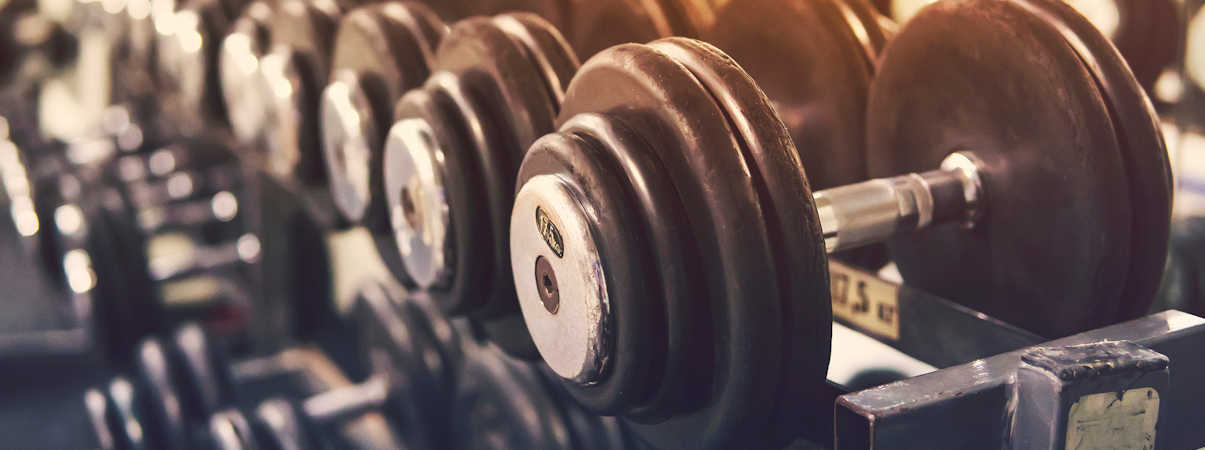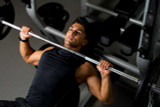Home vs. Commercial Fitness Equipment
Home vs. Commercial Gym Equipment
When it comes to choosing fitness equipment, it's crucial to understand the differences between home, light commercial, and commercial-grade options. Each type of equipment is designed to meet specific needs and environments, and selecting the right one can greatly impact your fitness experience, longevity of the equipment, and overall satisfaction. In this blog, we’ll explore the key differences, benefits, and considerations of each category to help you make an informed decision.
Home Fitness Equipment
Design and Construction: Home fitness equipment is specifically designed for personal use, typically by one or two people. These machines are built with the average home user in mind, emphasizing space efficiency, ease of use, and affordability. The materials used in home fitness equipment are often lighter and less durable than those in commercial-grade machines, which is reflected in their lower price points. While they are sturdy enough for regular use, they may not withstand the heavy, continuous usage seen in commercial settings.
Features and Functionality: Home fitness equipment usually comes with a variety of features tailored to the casual or beginner user. This includes user-friendly interfaces, preset workout programs, and entertainment options like built-in speakers or tablet holders. The emphasis is on convenience and accessibility, making it easy for users to get started on their fitness journey without needing extensive knowledge or experience. However, the range of features and the customization options might be limited compared to higher-grade equipment.
Examples and Suitability: Examples of home fitness equipment include treadmills, ellipticals, stationary bikes, and adjustable dumbbells. These are ideal for individuals looking to maintain a regular exercise routine without the need for high-end, professional-grade machines. They are perfect for users who prefer to work out in the comfort of their home, have limited space, and are looking for cost-effective solutions. While these machines are great for general fitness, they may not be suitable for high-intensity training or heavy lifting.
Light Commercial Fitness Equipment
Design and Construction: Light commercial fitness equipment is a step up from home fitness gear in terms of durability and construction. These machines are designed for environments like non-membership gyms, hotels, apartment complexes, and corporate wellness centers where they will be used more frequently than in a typical home setting but not as intensively as in a full-scale commercial gym. The materials used are more robust, and the equipment often features enhanced stability and longevity compared to home models. Light commercial fitness equipment is typically designed to withstand 4-6 hours of use per day in non-membership settings.
Features and Functionality: Light commercial equipment often includes advanced features that cater to a broader range of users, including more customizable workout programs, higher weight capacities, and greater adjustability. These machines are built to handle multiple users with varying fitness levels throughout the day. Additionally, light commercial equipment tends to have more sophisticated tracking and feedback systems, allowing users to monitor their progress more effectively.
Examples and Suitability: Examples of light commercial fitness equipment include multifunctional strength training machines, commercial-grade treadmills, and elliptical machines. These are suitable for small-scale fitness facilities or shared workout spaces where the equipment needs to endure moderate to heavy usage. Light commercial equipment offers a balance between the affordability of home fitness gear and the robustness of full commercial-grade equipment, making it a versatile choice for semi-professional environments.
Commercial-Grade Fitness Equipment
Design and Construction: Commercial-grade fitness equipment is built to withstand the rigorous demands of professional gyms, health clubs, and fitness centers. These machines are designed for continuous, heavy-duty use by a diverse range of users throughout the day. The construction materials are of the highest quality, including reinforced steel frames, industrial-grade bearings, and heavy-duty cables. This ensures maximum durability, stability, and longevity, even under the most strenuous conditions.
Features and Functionality: Commercial fitness equipment is equipped with the most advanced features available, offering unparalleled functionality and performance. This includes extensive programmability, biometric feedback, advanced tracking systems, and connectivity options for fitness apps and wearables. The machines are highly customizable to accommodate different body types, fitness levels, and training goals. Additionally, commercial-grade equipment often includes features that enhance user experience and safety, such as ergonomic design, superior cushioning, and enhanced adjustability.
Examples and Suitability: Examples of commercial-grade fitness equipment include high-end treadmills, advanced elliptical machines, professional-grade free weights, and commercial weight machines. These are designed for large fitness centers where equipment must endure constant use by a wide variety of individuals. Commercial-grade equipment is ideal for serious athletes, professional trainers, and anyone looking for the highest quality and most reliable fitness machines available. While the cost is significantly higher than home or light commercial options, the investment pays off in terms of performance, durability, and user satisfaction.
Key Considerations When Choosing Fitness Equipment
Usage Frequency: One of the most important factors to consider is how often the equipment will be used. Home fitness equipment is suitable for occasional use, while light commercial gear is designed for more frequent use by multiple users. Commercial-grade equipment is built for continuous, heavy use in professional settings. Assessing your needs and the anticipated usage frequency will help determine the most appropriate type of equipment.
Space Availability: Space constraints are another critical consideration. Home fitness equipment is typically more compact and designed to fit into smaller spaces like bedrooms or home offices. Light commercial and commercial-grade equipment are larger and require more space, often needing dedicated fitness areas. Measure your available space and ensure you have enough room for the equipment you plan to purchase, including clearance for safe usage.
Budget: Budget is a significant factor in choosing fitness equipment. Home fitness equipment is the most affordable, making it accessible for personal use. Light commercial equipment is moderately priced, offering a balance between cost and durability. Commercial-grade equipment is the most expensive due to its advanced features and high-quality construction. Determine your budget and prioritize the features and durability you need to make a cost-effective decision.
User Demographics: Consider who will be using the equipment. Home fitness machines are ideal for individuals or small families. Light commercial equipment suits a wider range of users, including small gyms or shared spaces. Commercial-grade equipment is designed for diverse user groups in professional settings. Understanding your user demographics will help you choose equipment that meets everyone's needs and preferences.
Maintenance and Warranty: Maintenance requirements and warranty terms vary across different types of equipment. Home fitness machines often come with limited warranties and may require basic maintenance. Light commercial equipment usually offers longer warranties and more comprehensive service options. Commercial-grade equipment includes the most extensive warranties and professional maintenance services. Consider the long-term maintenance needs and warranty coverage when making your decision.
Additionally, home fitness products are not covered under warranty if used in light commercial or commercial settings. Similarly, light commercial products lose their warranty if placed in membership gyms or fitness facilities. It's important to remember that using equipment in environments they aren't designed for can lead to malfunctions, which could result in injuries and potential liability for the facility owners.
Conclusion
Choosing the right gym equipment is a crucial step in creating an effective and enjoyable workout environment. Whether you opt for home, light commercial, or commercial-grade equipment depends on your specific needs, usage frequency, available space, budget, and user demographics. Home fitness equipment is ideal for personal use, offering convenience and affordability. Light commercial equipment provides a robust option for small gyms and shared spaces, balancing cost and durability. Commercial-grade equipment is the pinnacle of fitness machinery, designed for professional settings where performance, longevity, and user satisfaction are paramount.
By understanding the differences between these categories and considering the key factors outlined, you can make an informed decision that ensures your fitness equipment meets your needs and supports your fitness goals. Whether you’re a casual home exerciser, a small gym owner, or a professional fitness center manager, the right equipment can make all the difference in achieving success and maintaining a healthy lifestyle.
EXPLORE POPULAR ARTICLES
-
5 Benefits of Free Weights (And Why You Should Use Them)
Apr 08, 2025Working with home and gym free weights Free weights like dumbbells, barbells, kettlebells, and weig
-
What Are Glassless Mylar Mirrors?
Jan 20, 2025What are Glassless Mirrors? Glassless Mylar® Mirrors are innovative reflective surfaces crafted wit
-
Introduction to Strength Training
Sep 22, 2024Unlocking the Power of Strength Training Are you ready to embark on a journey to a stronger, health




